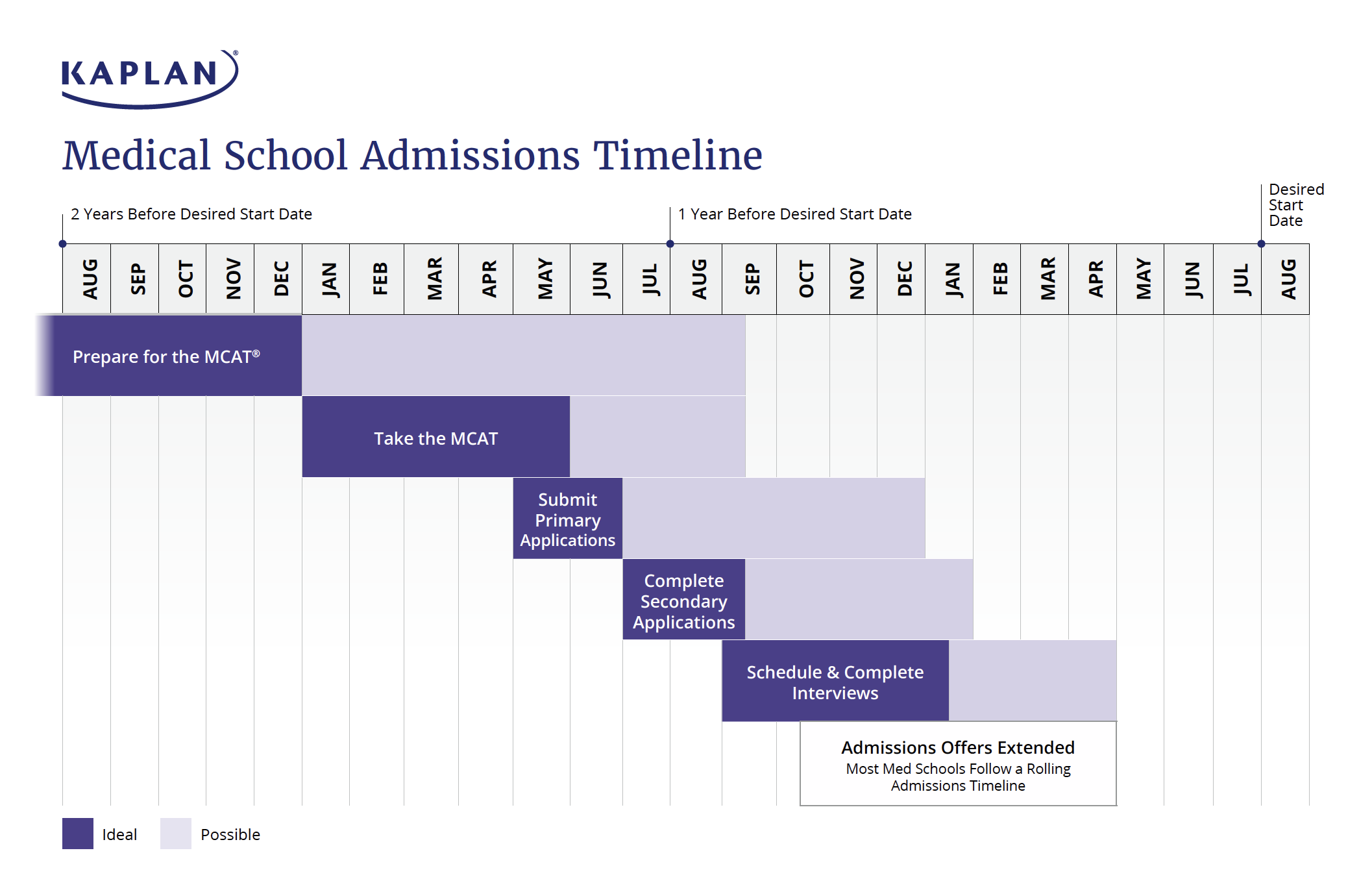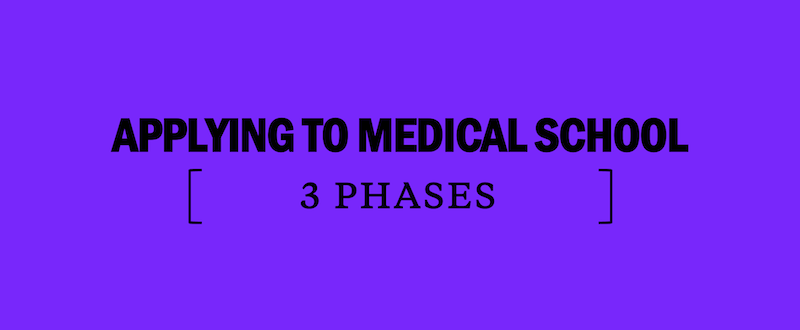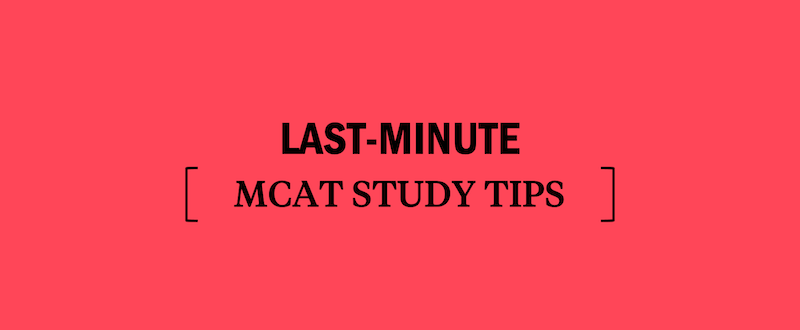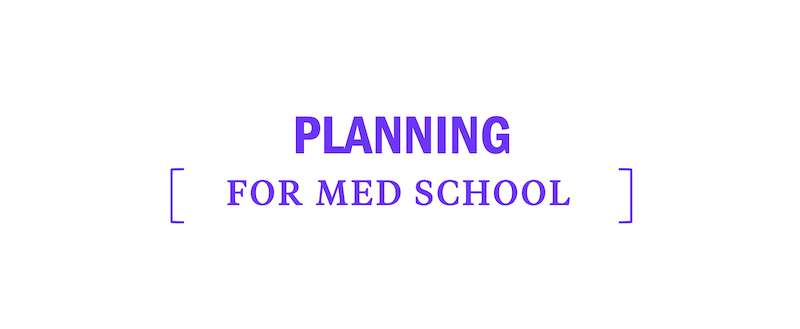The 3 Phases of Applying to Medical School
Becoming a doctor is something you’ve dreamed about for a long time, so it’s only natural you’d want everything to be perfect when you submit your application. That’s why we’re breaking down the MCAT application process into its three simple phases.
While applying to medical school can be broken into three phases, it’s also a rolling process, meaning decisions at each phase are made on an ongoing basis—not at any one or two predetermined points in the year. In fact, while schools have a final submission deadline, it is often ill-advised to wait for that date to roll around, as spots can be full by that point.
Let’s look at the phases of the medical school application process.

1. The primary application
The primary application—as its name suggests—is the first portion you will submit, and generally the earliest it can be sent is the first week of June of the application year, the year immediately before your first year of attendance. So, if you wanted to start medical school in the fall of 2026, for example, you would submit your primary application in June of 2025.
Most U.S. medical schools use the American Medical College Application Service® (AMCAS®), which is the Association of American Medical Colleges’ (AAMC) centralized medical school application processing service.
The great thing about AMCAS participating schools is that, no matter how many med schools you apply to, you submit just one online application to AMCAS. If you apply to non-AMCAS schools, however, you will have to fill out primary applications specific for each one.
Prior to submitting, start gathering all the materials that will go into your primary application. It’s best to begin this process in April and May. You will need to;
- request your official transcripts
- start perfecting your personal statement
- take inventory of your extracurricular activities
- make sure you have taken your MCAT. Medical schools will only take their first action and review the primary application if it is considered complete, and this includes having an available MCAT score.
Starting in the month of May, you can input responses, grades, and a personal statement into the system so that it’s ready to send in early June when submissions open.
Try to submit your primary application as soon as possible in June. Don’t rush it, however. Once you submit the primary application, you can’t go back and change anything.
2. The secondary application
There are two possible outcomes at this phase in the application process:
- The medical school will reject your application and the process ends there for that school, or…
- The medical school will send you its secondary application.
The secondary application is specific to each school you are applying to—this is where schools ask the specific questions they want answered.
Many schools will just want an application fee and no additional info to continue the process, but some will want to know a great deal. The key here is a fast turnaround. In an ideal world, you will spend much of July and August submitting secondary applications.
Once schools have your secondary application, they will review it along with the primary application and start dividing students into three groups: those they will invite for an interview, those they will not, and the “unsures.”
If you do not get an interview from a particular medical school, they will notify you right away, and the process will end for that school. If a school wants an interview, they will also notify you, and you should schedule your interview at the earliest convenient time. Candidates in the third category, however, will not hear anything until that school moves them into one of the other two categories.
As schools are interviewing applicants, they are making decisions. Usually, you will hear one way or another within a month of interviewing, but sometimes this phase takes longer: It all depends on the school’s individual process. Some candidates will not be rejected, but placed on a waiting list that will be reviewed as candidates accept and decline offers.
It’s long process, but completely manageable with the right planning. Successful medical school applicants are those who view each phase of the journey as an opportunity to put their best foot forward and showcase their best qualities.






